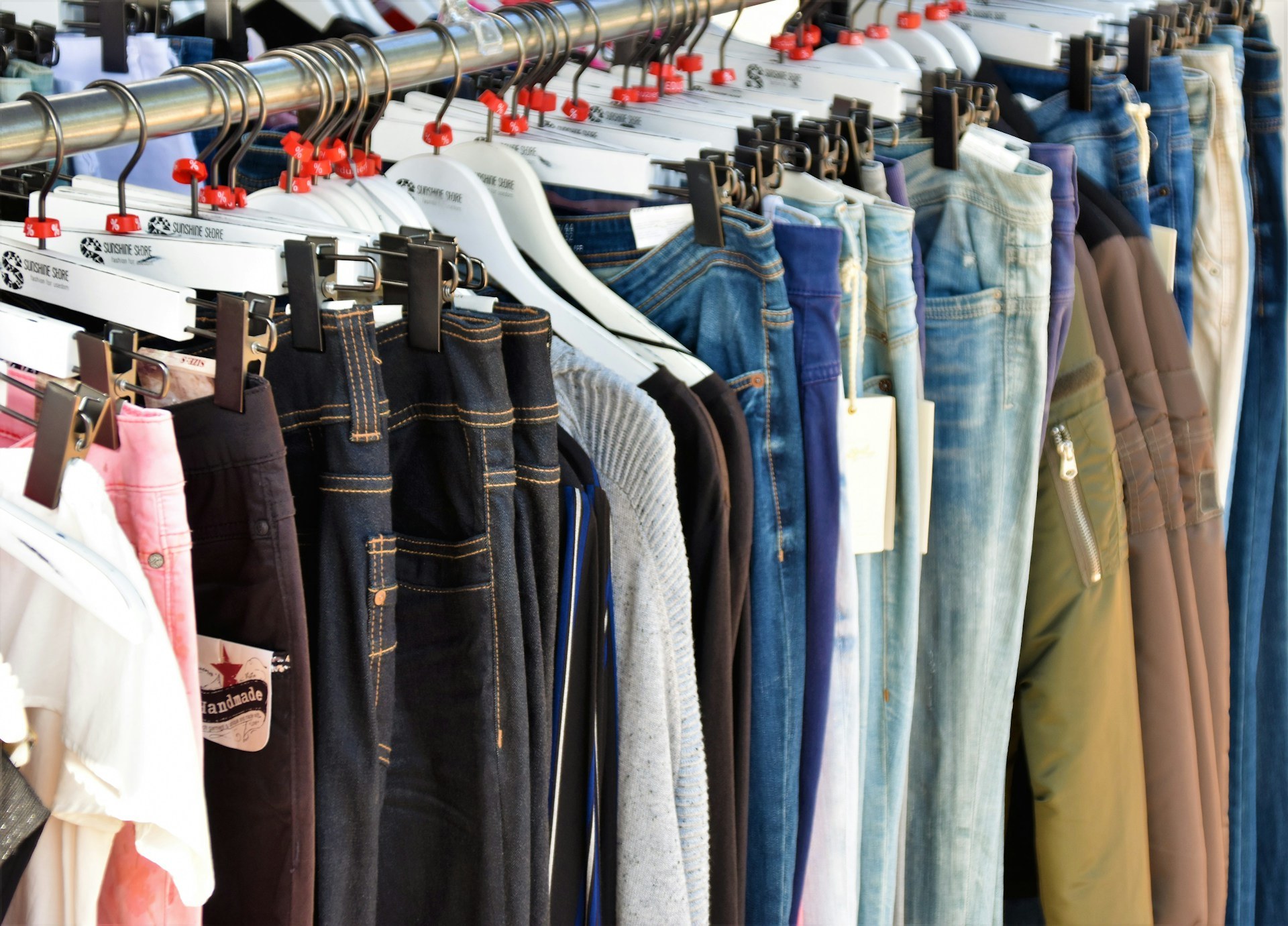Things need to change in the fashion industry. In recent years, many brands have faced controversies that have caused them to reassess their relationships with their customers and explore new business models. From the social ramifications of their production to the impact materials (and waste) have on the planet, cheap garments don’t seem to have the appeal they used to. Let's examine some important fast fashion facts and consider how the industry will develop with time.
Some fast fashion facts are best expressed as objective figures that highlight the true impact of the industry’s practices. Here are a few statistics that shed light on the matter.
Consumers want to do their part to minimise their impact. From purchasing clothes from brands with high ethical and environmental standards to buying second-hand and repairing or selling the garments they no longer use, the willingness is there.
And yet, studies suggest that Gen Z-ers continue to shop at fast fashion retailers regularly, and consumers tend to buy much more than they strictly need (or even really want), which is easy when the products are so cheap. These people rarely discard garments because they are damaged, but rather because they have accumulated too many. These fast fashion facts highlight the need for a better understanding of the situation.

Second hand fast fashion facts
Several fashion brands have taken steps towards a more sustainable business model. Zara launched a Pre-Owned platform in the UK, H&M is focusing on scaling circular models and systems for their products, supply chains, and customer journeys, and even Shein (which has been at the heart of various controversies) has started a reselling scheme.
Consumers are embracing this trend… perhaps a little too enthusiastically. The hype is such that some are equating it to another type of fast fashion, which has the perverse effect of lessening the shoppers’ perceived responsibility both when they buy a new fast fashion item (that they can always resell) and when they buy a second-hand one (since it’s more sustainable).
The EU is implementing eco-design guidelines and pushing for a more circular mode. However, this may be the tip of the iceberg, as fast fashion facts are rooted much deeper into consumer behaviour.
The EPR - or Extended Producer Responsibility - proposals may hold more hope since they would make retailers responsible for the collection, storing, and recycling of garments at the end of their life cycle. Despite the new legislation, concerns remain regarding what is being done where the impact of the textile industry is most pronounced, predominantly in the Global South. Many also advocate for the introduction of living wage legislation. In its current state, the system pressures factories to overproduce, limiting their ability to pay workers.
Ultimately, producing less and paying garment workers a living wage would raise the price of products, encouraging consumers to shop more responsibly and getting workers out of the poverty trap. Addressing overproduction and overconsumption may be even more pressing than implementing resale and repair schemes or developing cleaner production methods.
Fast fashion brands are being called out on the consequences of their practices. While their business model is still profitable for now, many see the benefits of embracing sustainability. Brands such as H&M or Inditex are taking steps towards reducing their environmental footprint, now setting ambitious targets in terms of their carbon emissions and key raw materials.
Understanding the facts about the fast fashion industry can help consumers make better-informed choices, support better practices, and encourage brands to commit to higher standards of ethics and sustainability.





Beyond Talent
Fashion Recruitment Agency
Specialising in Senior and Executive recruitment for the luxury fashion, lifestyle and beauty industries worldwide.
Head Office Address
20-22 Wenlock Road, London, N1 7GU
Contact Us